Tag Archives Cattle Connect — page 4
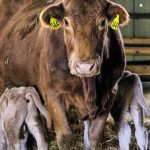
Calves at highest risk on the day they are born
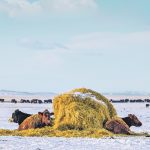
Understand the five Ws of feed tests
Producers encouraged to better understand the what, where, when, why and how when planning a feed testing program
Successful feed testing starts with understanding why, followed by what, when, how and where. Answering these questions will provide information that can improve efficiencies and benefits for beef cattle operations. “Feed testing is an important tool that producers can use to make informed decisions about their operation,” said Breeanna Kelln, who leads the University of […] Read more
Customize grazing plans to a specific situation
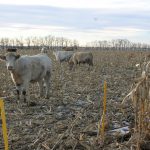
Careful planning required when corn grazing
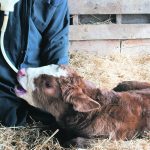
Five Cs of successful calf management
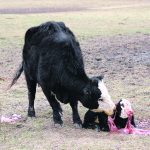
Know the three steps on pathway to parturition
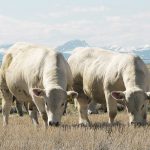
Bulls require special winter care
A veterinarian advises producers to ensure that adequate bull body condition is maintained during the cold months
Bulls should be separated from the cow herd after breeding season so they can regain body condition and then be kept in shape over winter in readiness for their next duties. Dr. Robert Larson, professor in production medicine at Kansas State University, says it’s crucial to maintain adequate bull body condition. “As we go into […] Read more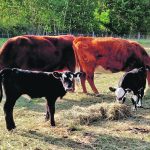
Mixing it up can yield breeding advantages
The science behind hybrid vigour has been known for a long time, but producers are encouraged to tap into its potential
Crossbred cattle have known advantages over purebreds due to hybrid vigour. Dr. Reynold Bergen, science director at the Beef Cattle Research Council, says hybrid vigour, also called heterosis, is the degree to which progeny outperform the average of the two parents. “If breed A averages 100 and breed 2 averages 110 for a certain trait, […] Read more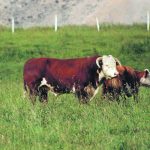
Bull selection: should it be maternal or terminal sires?
If using terminal bulls, just sell all the calves, but if using maternal bulls and keeping half, good marketing is essential
When buying a new bull, most ranchers have specific goals and are seeking specific traits in the offspring. Travis Olson, a seed-stock breeder near Athabasca, Alta., has been raising Angus bulls for years and says there are several tools for choosing the right bull for the purpose. “All ranchers have slightly different views on what […] Read more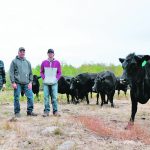
Breeders say demand growing for Wagyu beef
Meat marbling is a significant selling point, but producers also point to the breed’s vigour, longevity, fertility and docility
Adrienne Herron has been raising Wagyu cattle in Alberta’s Red Deer County for about 15 years. She started with three unregistered purebred orphans from a local herd. “Then I bought purebreds from Marchi Ranches in Montana, and now have registered fullbloods I sell to commercial cattle producers,” she says. Heifers bred to Wagyu bulls don’t […] Read more




